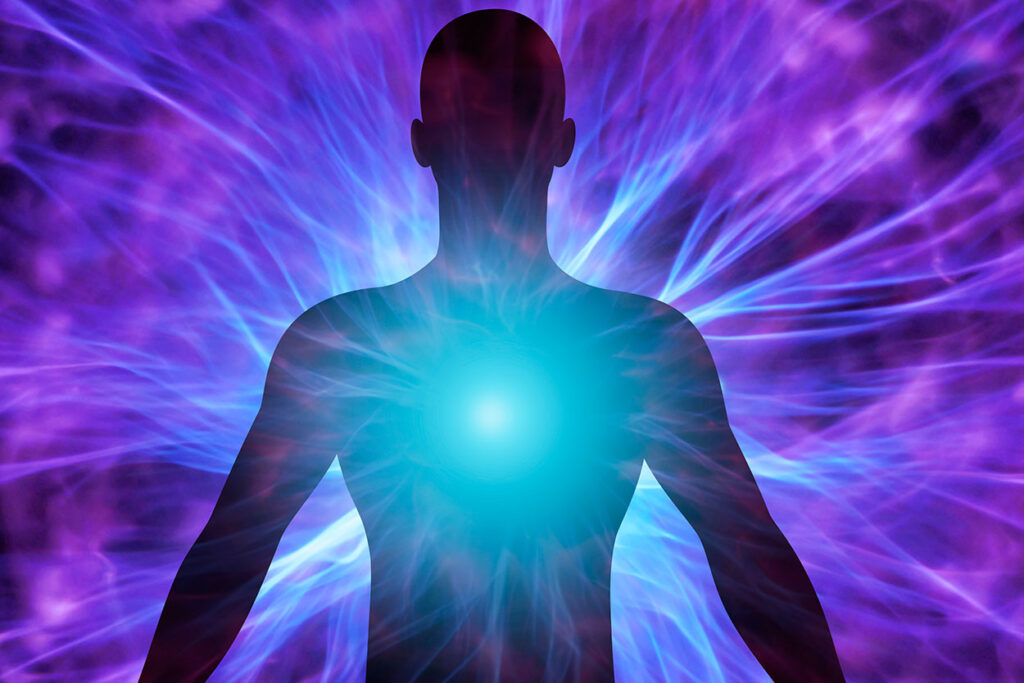The concept of an aura is often associated with New Age and esoteric beliefs rather than scientific principles. In these belief systems, an aura is thought to be a field of energy or vibrations that surrounds a person’s body. It is said to contain information about a person’s physical, emotional, and spiritual state.
The concept of an “aura” is a belief in certain spiritual and metaphysical traditions that suggests that living beings, particularly humans, emit a subtle field of energy or light that surrounds them. This energy field is said to be an extension of the individual’s physical and spiritual self and is thought to contain information about a person’s physical, emotional, mental, and spiritual state. Auras are often described as having various colors and patterns, and these colors and patterns are believed to change based on a person’s thoughts, emotions, and overall well-being.

Different traditions may describe auras in various ways, including their color, size, shape, and the meanings associated with these attributes. For example, some people claim to see auras and associate specific colors with different emotional or psychological states. Here are a few common interpretations:
- Color Interpretation: In some belief systems, different colors are associated with different qualities or emotions. For instance, a blue aura might represent calmness or communication, while a red aura could signify energy and passion.
- Size and Shape: The size and shape of an aura may be thought to change based on a person’s emotional or spiritual state. A larger aura may indicate a more expansive and open personality, while a smaller aura might suggest introversion or illness.
- Layers: Some systems describe auras as having multiple layers, each corresponding to different aspects of a person’s being, such as the physical, emotional, mental, and spiritual layers.

It’s important to note that the existence of auras is a matter of belief and is not scientifically supported. Scientists and skeptics generally consider the concept of auras to be pseudoscience, as there is no empirical evidence to demonstrate their existence. People who claim to see auras often attribute their abilities to psychic or intuitive perceptions, which are highly subjective and difficult to validate through the scientific method.
While the concept of auras can be meaningful to those who believe in them and may have cultural or spiritual significance
There are various interpretations of auras in different cultural and spiritual traditions. Some people claim to see or perceive auras, and they describe them as auras of different colors, each of which is associated with specific qualities or emotions. For example, a red aura might be associated with strong emotions or passion, while a blue aura might be associated with calmness and serenity.
It’s important to note that the existence of auras and the ability to perceive them have not been scientifically proven. In the scientific community, the concept of auras is generally considered pseudoscientific, as there is no empirical evidence to support their existence. Auras are more commonly discussed in the context of belief systems like energy healing, chakras, and spiritual practices rather than in mainstream science.